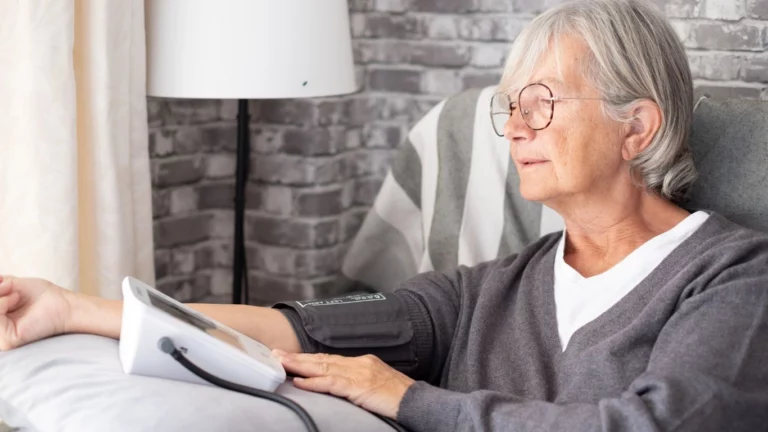Struggling with RA and Lower Back Stiffness? Here’s Relief
Let’s talk about something that doesn’t get enough attention in the world of rheumatoid arthritis: RA and lower back stiffness. I can’t count how many patients have come into my office, eyes a bit weary, asking, “Could this tight, aching feeling in my lower back really be my RA acting up?” Spoiler alert: yes, it absolutely can. As a rheumatology nurse practitioner, I’ve seen this more times than I can tell you—and it’s not always straightforward. That’s what makes it so tricky, and honestly, so important to talk about.
What Exactly Is RA Doing to the Lower Back?
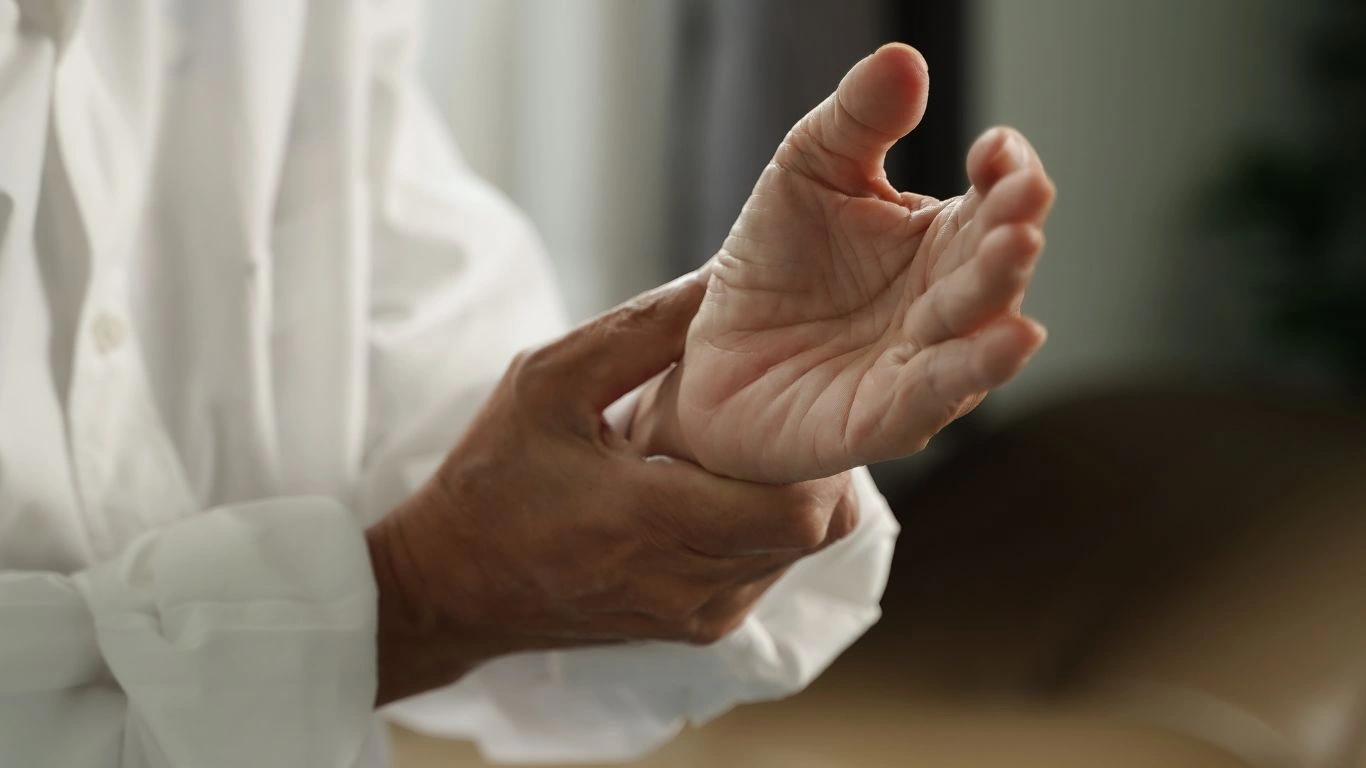
Not Just the Fingers and Toes
Most people think of rheumatoid arthritis as something that only affects the small joints—wrists, hands, ankles. But I’ve had patients who were surprised (and frustrated) to find that their lower back was starting to feel tight and sore, especially in the morning or after long periods of inactivity. RA is a systemic autoimmune condition—it doesn’t exactly follow the rules. While it’s more common to see RA wreak havoc on the peripheral joints, the spine, especially the lower part, isn’t completely off the hook.
Why It Happens: The Inflammatory Connection
Here’s where it gets a little nerdy (but bear with me—it’s important). RA causes inflammation in the synovial lining of joints. The lower spine has some synovial joints—especially the sacroiliac joints—that can become inflamed, leading to that dull, grinding stiffness you feel when trying to get out of bed or stretch. If you’re waking up and feel like your back has been replaced with a plank of wood, you’re not alone.
Common Signs RA Is Messing with Your Lower Back
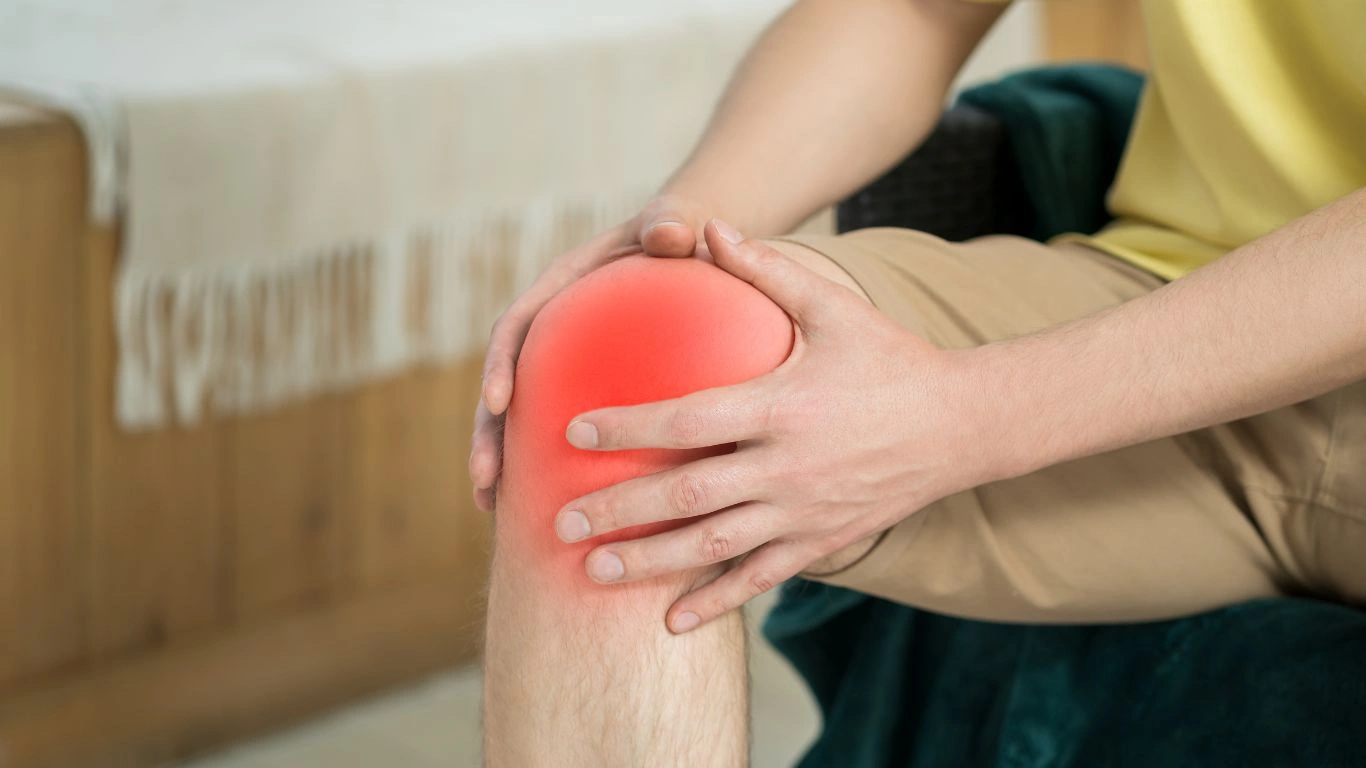
Morning Stiffness that Lingers
One of the hallmark signs of RA—especially when it’s impacting your back—is stiffness that lasts for more than 30 minutes in the morning. It’s not just the usual “slept funny” kind of thing. I’ve had patients describe it as feeling like their lower spine is “rusted shut.” That stiffness often improves with gentle movement throughout the day, but the start of the day can feel like climbing a mountain in molasses.
Other Sneaky Symptoms to Watch
- Dull aching that radiates into the hips or buttocks
- Difficulty bending forward or twisting at the waist
- A sense of tightness or compression that doesn’t go away with rest
- Feeling better after a warm shower or gentle stretching (temporary relief is a big clue)
How I Spot RA-Related Back Stiffness in My Patients
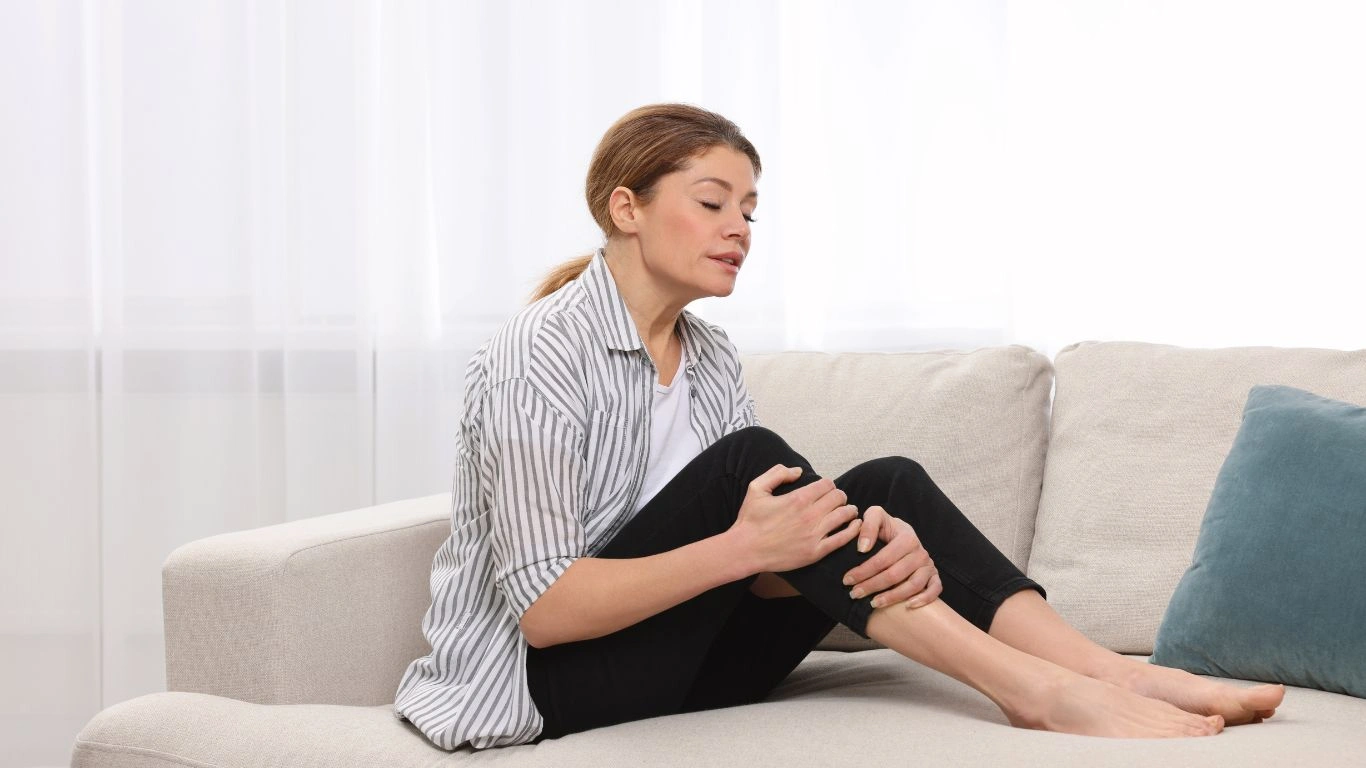
The Patient History Tells the Story
When I’m talking with someone in the clinic and they mention back issues, I always ask them to walk me through what their mornings feel like. We talk about their sleep, their pain patterns, and how their stiffness behaves throughout the day. If it starts out worse in the morning and eases with movement, my RA radar starts pinging.
Don’t Overlook Imaging and Labs
RA doesn’t always show itself clearly on X-rays in the early stages. But MRIs? That’s where things can light up. Swelling around the sacroiliac joints or early erosions in the lumbar area can hint that the disease is creeping into the axial skeleton. Add in lab work—like elevated ESR or CRP—and we start connecting the dots. It’s not always cut and dry, but those pieces add up.
Fun Fact (Well, Not So Fun for Patients)
Did you know that lower back stiffness in RA often gets misdiagnosed as just mechanical back pain? Yep. I’ve seen it misattributed to everything from poor posture to old injuries. That’s why bringing in a provider who looks at the full picture—not just the spine in isolation—is key.
What Makes RA-Related Back Stiffness Different from Other Back Pain?
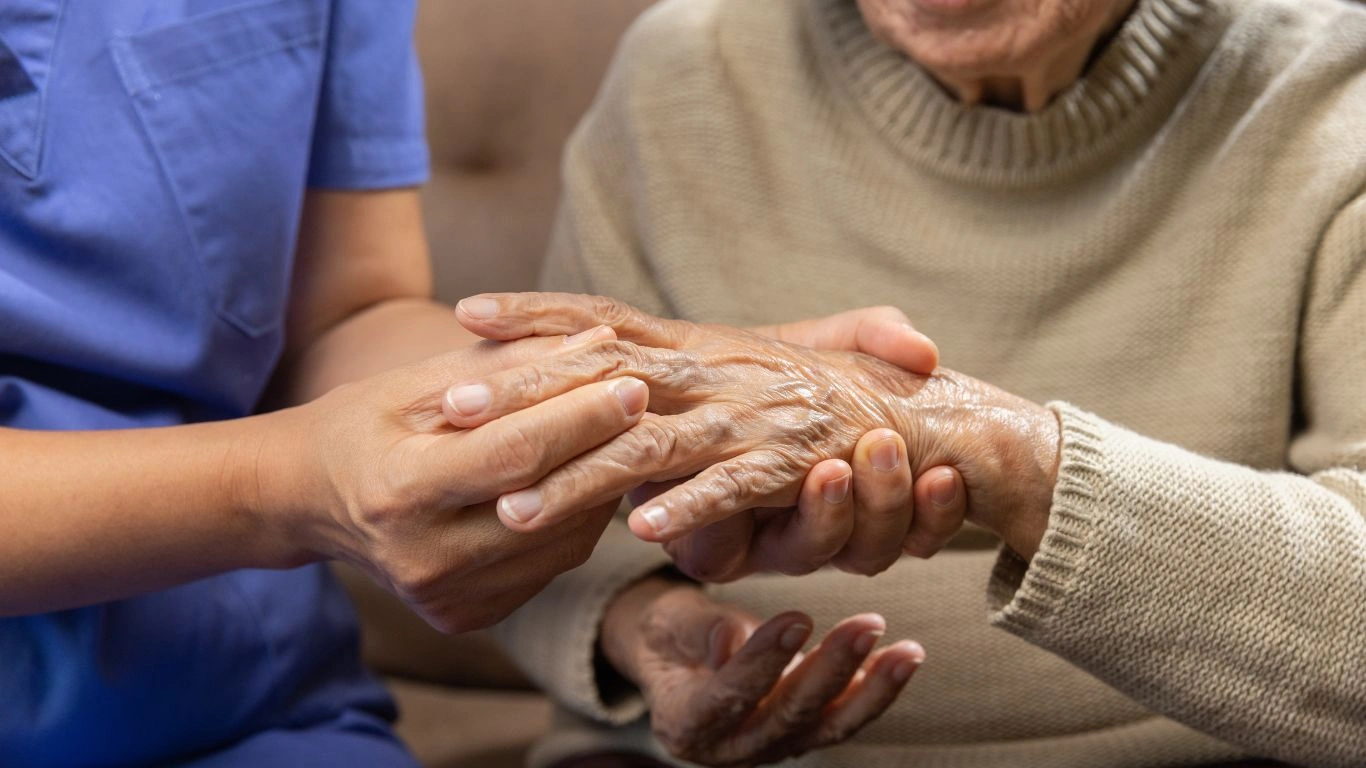
It’s Not Just “Getting Older”
Let me tell you—back pain isn’t always just a byproduct of aging, although that’s often the first assumption. I’ve had patients who chalk up their morning stiffness to “just getting older,” and by the time they get to me, they’ve been quietly suffering for months or even years. RA-related back stiffness has some tell-tale traits, and once you learn to recognize them, it’s easier to push for proper evaluation.
Key Differences to Pay Attention To
- Time of Day: RA stiffness peaks in the morning, while mechanical back pain tends to worsen after activity or toward evening.
- Duration: If stiffness lingers for more than 30–60 minutes after waking up, think inflammatory rather than muscular.
- Relief with Activity: This is a big one—RA improves with movement, while most mechanical pain worsens.
- Other Symptoms: Fatigue, joint swelling elsewhere, or low-grade fevers? These can all point toward systemic inflammation like RA.
Everyday Tips I Recommend for Easing Lower Back Stiffness
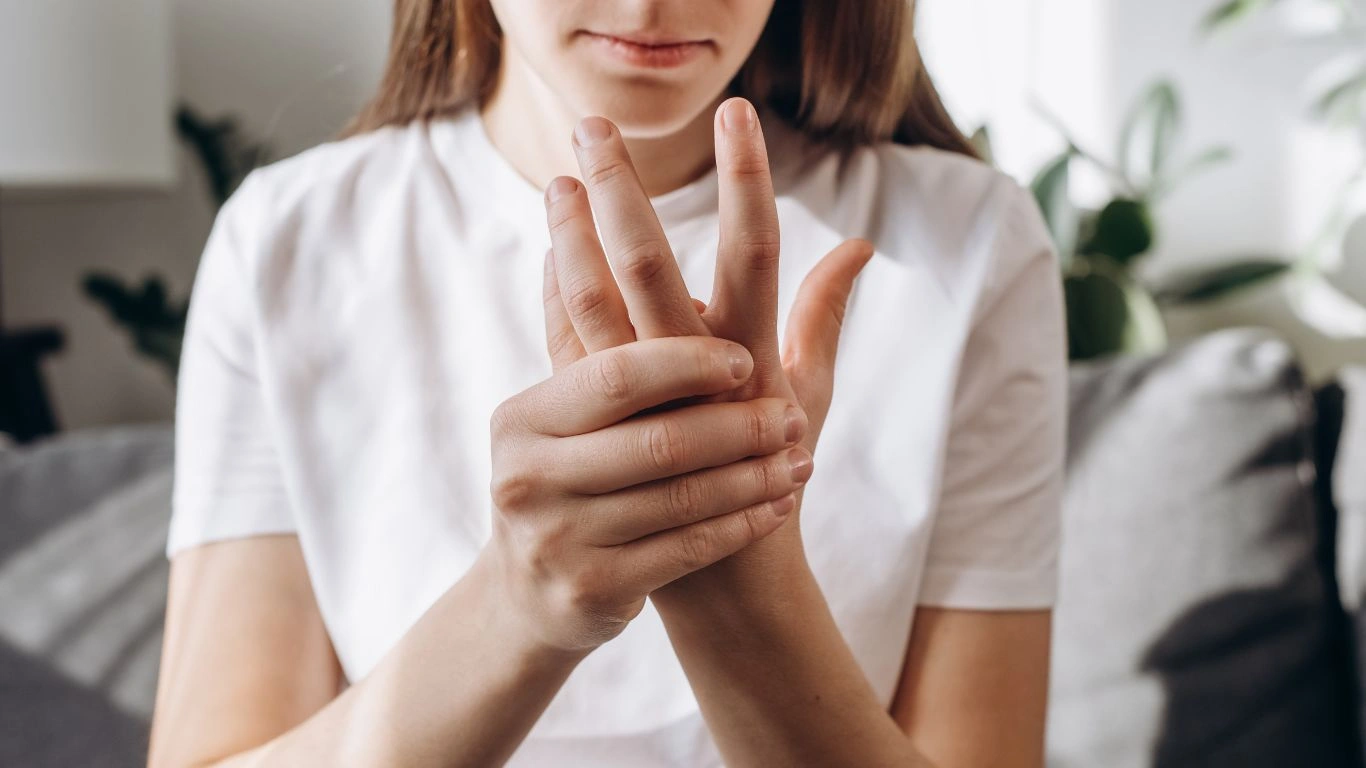
Movement Is Medicine—But the Right Kind
One of the biggest misconceptions I run into is the idea that rest is the best fix. Don’t get me wrong—rest has its place—but when we’re talking about RA and lower back stiffness, gentle, intentional movement is way more helpful. I often suggest simple routines like:
- Gentle morning stretches (think cat-cow, pelvic tilts, knee-to-chest)
- Water aerobics or swimming—low impact and easy on inflamed joints
- Walking regularly, even for short periods
- Yoga or tai chi, especially styles that focus on breath and alignment
Sometimes, I’ll even walk a patient through a few stretches in the exam room. It’s that important. Bonus: it helps them feel more confident about doing it on their own at home.
Heat Therapy: My Go-To Recommendation
Oh, the magic of heat. Whether it’s a warm shower first thing in the morning or a heating pad before bed, applying warmth to the lower back helps loosen up stiff muscles and calm inflamed joints. I always remind patients not to overdo it—20 minutes at a time is usually plenty—but it can really take the edge off.
What About Medication?
Yep, medications still play a big role. If back stiffness is becoming a regular issue, it’s a sign your RA may need tighter control. We’re not just throwing NSAIDs at the problem—we’re looking at the whole disease activity picture. That could mean adjusting a DMARD or adding a biologic. I always walk my patients through the pros and cons and tailor things based on what works best for their body and lifestyle.
When to Sound the Alarm and See Your Rheumatology Provider

Listen to Your Body—Seriously
There’s a big difference between a little tightness and a flare that’s brewing under the surface. I always tell patients: if something feels different, don’t ignore it. Especially if the lower back stiffness starts showing up more often or gets worse despite your usual routine.
Some red flags to keep on your radar:
- Worsening stiffness that doesn’t ease after movement
- Night pain that wakes you up or keeps you from falling asleep
- Swelling or tenderness over the sacroiliac joints
- New or escalating fatigue that just won’t quit
These are signs it’s time to check in. Sometimes, I’ll order updated imaging or labs, but more often than not, a simple conversation reveals what’s changed. And those chats? They’re gold. That’s where real management begins—when patients and providers work as a team to decode what the body’s saying.
Why Early Intervention Matters
I’ve seen the difference it makes when we catch these symptoms early. RA doesn’t have to get the upper hand. The longer inflammation simmers, the more joint damage it can do—even in the spine. That’s why it’s not just about “toughing it out” or hoping it gets better on its own. Trust your instincts, and advocate for yourself if something doesn’t feel right.
RA and Lower Back Stiffness: Lifestyle Habits That Really Make a Difference
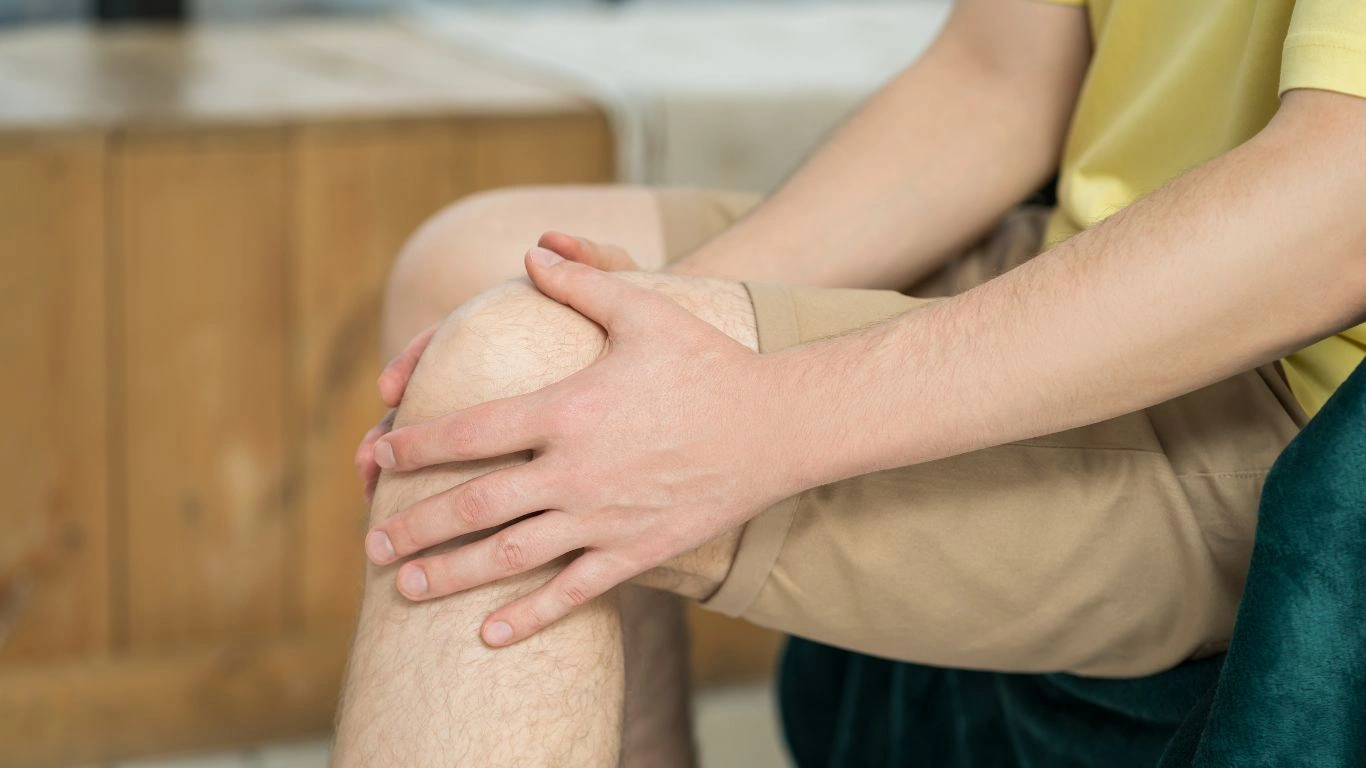
Start with Small Wins
I always tell my patients—it doesn’t have to be a total lifestyle overhaul overnight. Sometimes, it’s the little things that have the biggest payoff. When we’re dealing with RA and lower back stiffness, consistency is key. And I’ve seen firsthand how these small daily shifts help folks feel more in control of their symptoms.
- Stick to a regular sleep routine: Your body heals while you rest. Set a consistent bedtime and try to keep screens off at least 30 minutes before.
- Fuel your body wisely: Anti-inflammatory foods like leafy greens, omega-3-rich fish, nuts, and berries can make a real impact. I once had a patient who swapped out sugary snacks for walnuts and berries—and they noticed the change within a couple of weeks.
- Hydration matters more than you think: Joints need fluid to stay lubricated. Don’t underestimate good old water.
- Mind-body connection: Practices like meditation or deep breathing exercises reduce stress—which can be a major trigger for RA flares. It sounds simple, but it works.
Ergonomics and RA-Friendly Living Spaces
Let’s not forget how our environment plays a role. I’ve worked with people who felt worse just because of a poorly set-up workstation or a sagging mattress. Here are some of the quick fixes I usually recommend:
- Invest in lumbar support: Especially if you sit a lot during the day. A good chair cushion can change the game.
- Sleep smart: A medium-firm mattress and a supportive pillow go a long way. Don’t wait years to upgrade if your back is constantly protesting.
- Keep daily items within reach: Reaching, twisting, or bending too often can aggravate stiffness. Set up your space to work for you, not against you.
What Realistic Long-Term Management Looks Like

It’s a Marathon, Not a Sprint
When I sit with my patients to map out a long-term plan, I always frame it as a partnership. Managing RA—and especially symptoms like lower back stiffness—isn’t about chasing a cure. It’s about building a lifestyle that keeps you as functional and pain-free as possible.
Sometimes that means changing medications. Sometimes it means adding PT. And sometimes, it’s just being really diligent about what your body’s telling you week to week. Tracking flares in a journal or using an app can be super helpful. One of my patients even uses voice memos to document their day—it doesn’t matter how you do it, just that you stay connected to what’s going on inside.
Teamwork Makes the Difference
One of the biggest shifts I’ve seen in recent years is how patients are taking a more active role in their care. I love it. Bringing questions, doing a little research, asking for referrals to PT or nutrition—this kind of collaboration is exactly what helps us stay ahead of complications like progressive joint damage or chronic pain cycles.
References
- https://www.rheumatology.org/
- https://www.arthritis.org/
- https://www.mayoclinic.org/
- https://www.cdc.gov/
Disclaimer
This article is for informational purposes only and is not a substitute for professional medical advice, diagnosis, or treatment. Always consult your healthcare provider with any questions you may have regarding a medical condition. The insights shared here are based on my experience as a Rheumatology Nurse Practitioner and are not intended to replace clinical evaluation or guidance tailored to your individual health needs.

Tarra Nugroho is a dedicated Nurse Practitioner with a strong foundation in family and preventive care. She brings both compassion and clinical expertise to her practice, focusing on patient-centered care and health education. As a contributor to Healthusias.com, Tarra translates medical knowledge into clear, empowering articles on topics like women’s health, chronic disease management, and lifestyle medicine. Her mission is simple: help people feel seen, heard, and informed—both in the clinic and through the content she creates. When she’s not caring for patients, Tarra enjoys weekend hikes, plant-based cooking, and curling up with a good health podcast.




